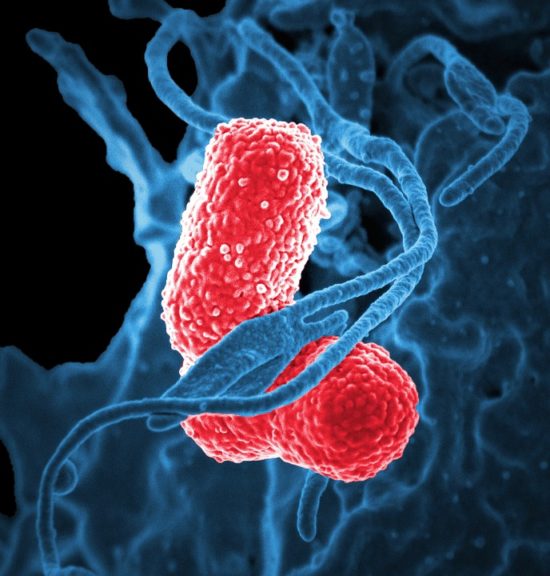Evaluation of a new antiresistic strategy to manage antibiotic resistance
Systemic strategies for combating antimicrobial resistance (AMR) currently focus on limiting antibiotic use and have been generally insufficient in preventing the rise of AMR. Additionally, they often generate other adverse incentives, such as discouraging pharmaceutical companies from investing in research and development (R&D) of new antibiotics, further exacerbating the problem. This paper proposes a novel systemic strategy for tackling AMR, which we term “antiresistics”: any intervention (whether a small molecule, genetic element, phage, or whole organism) that reduces resistance rates in pathogen populations. A prime example of an antiresistic would be a small molecule that specifically disrupts the maintenance of antibiotic resistance plasmids. Of note, an antiresistic would be expected to have a population-level effect and not necessarily be useful on a time scale relevant to individual patients.
By directly reducing resistance rates, antiresistics can provide clear qualitative benefits (which may be quantitatively large) in terms of existing antibiotic efficacy, longevity,and alignment of incentives.
AMR NEWS
Your Biweekly Source for Global AMR Insights!
Stay informed with the essential newsletter that brings together all the latest One Health news on antimicrobial resistance. Delivered straight to your inbox every two weeks, AMR NEWS provides a curated selection of international insights, key publications, and the latest updates in the fight against AMR.
Don’t miss out on staying ahead in the global AMR movement—subscribe now!







